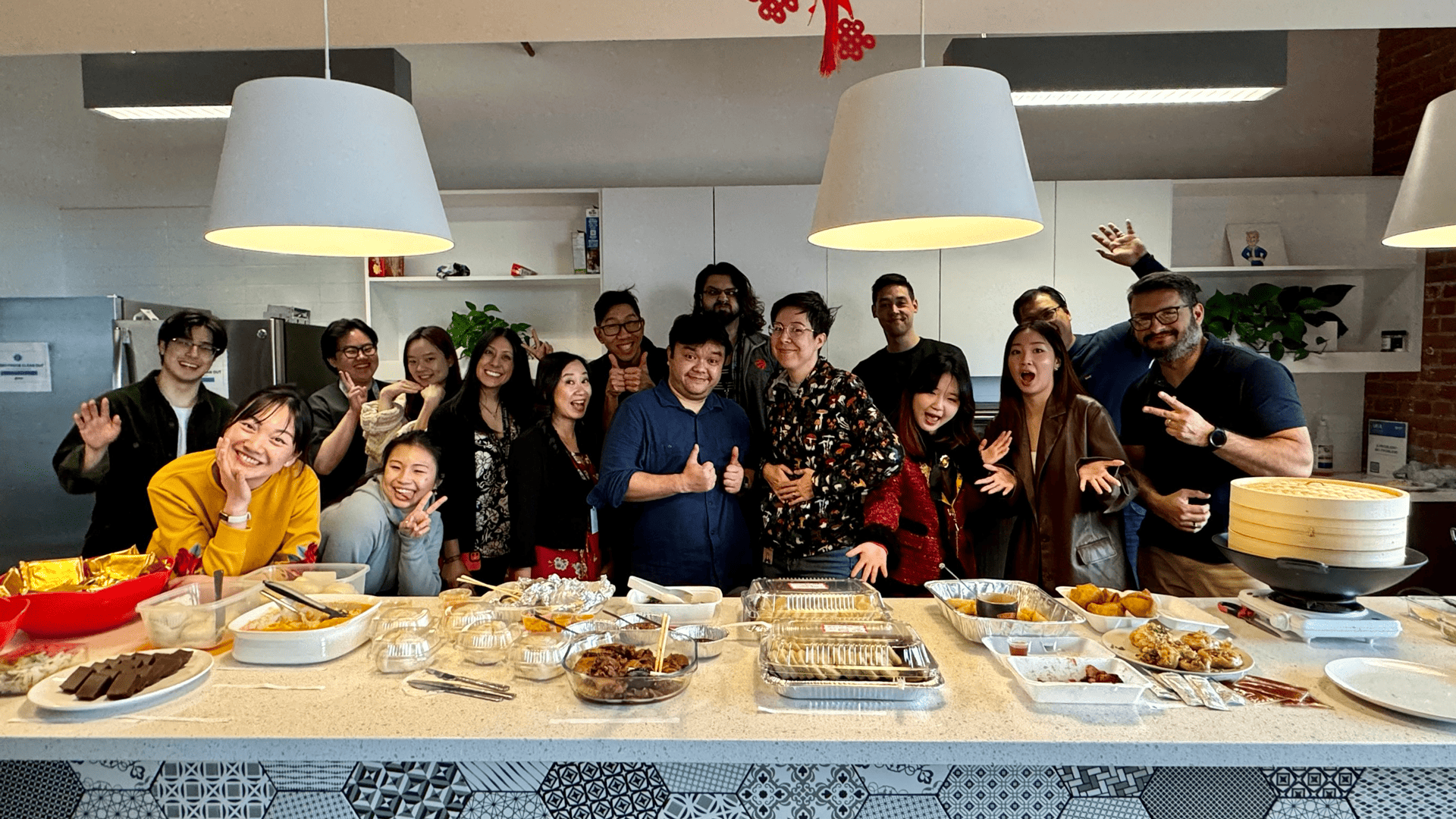For many Asians around the world, Lunar New Year is the most important holiday of the year. And while different communities and cultures celebrate with various traditions and customs, they all have one thing in common — it’s about togetherness, reunions, community and giving.
We gather with our loved ones to usher out the old year and welcome in the new! This year, we celebrate the Year of the Rabbit, and the rabbit symbolizes many things depending on your culture, but among those meanings are longevity, peace, luck, and fortune.
Our local chapter of the Asian & Pacific Islanders (API) ERG is one of the newest at Ubisoft Toronto, and several of our members want to share why this holiday is so important to us and how we celebrate. We all represent a multitude of Asian cultures, each with our own unique customs that were either passed down to us from older generations, customs that we recently created with our own families, or a blend of both.
We invite you to read and learn about the many ways that some of our API Toronto members celebrate.
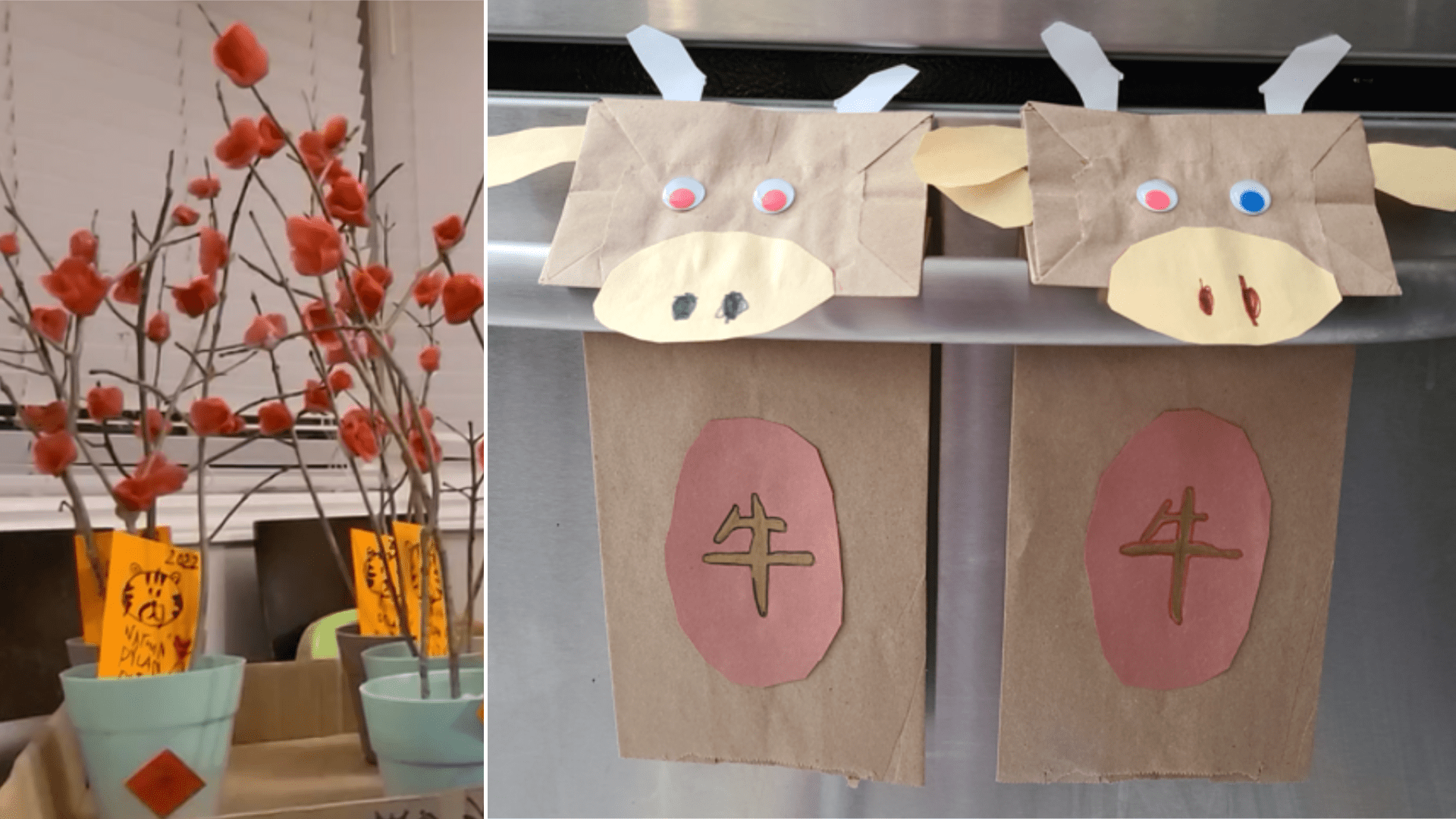
Stephen Ma, Cinematic Production Manager and Co-lead of the Ubisoft Toronto API ERG
For me, Lunar New year is a wonderful time to spend with my family and extended family, enjoy time with each other and celebrate a new year together.
Growing up, I was only able to celebrate with my immediate family as I had very few relatives living in Canada, but now that I’m older it has been a joy to share this holiday with my own growing family and extended family!
A new tradition stared within my own family, and organized by my wife, involves enticing the kids to watch CNY videos, reinforcing traditional gestures and greetings in Cantonese (gong hei faat choy), setting up CNY crafts to do, dressing the kids up in traditional clothing and doing a fun photo shoot! Additionally, our family gatherings are a joyous time where we gather together with an abundance of Asian food and hand out red pockets to all the unmarried kids and grownups!
Emily Claire Afan, Strategic Partnerships and Programs Lead and Co-lead of the Ubisoft Toronto API ERG
My grandparents’ birthdays were within a week of each other in late January, which often coincided with Lunar New Year, so our family gatherings became an annual triple celebration! We may not celebrate in the “traditional” cultural way, but we’ve made it our own.
What did it entail? Obviously, plenty of food (always an abundant mix of Filipino and Chinese dishes), donning red clothes (for good luck!), exchanging red pockets, and playfully discussing which relative matched the attribute of that year’s Zodiac sign.
This is my first Lunar New Year without my grandparents, but I always have and always will associate this time of year with them. A tiny part of me secretly likes to believe that people around the world are also throwing them a massive birthday party.
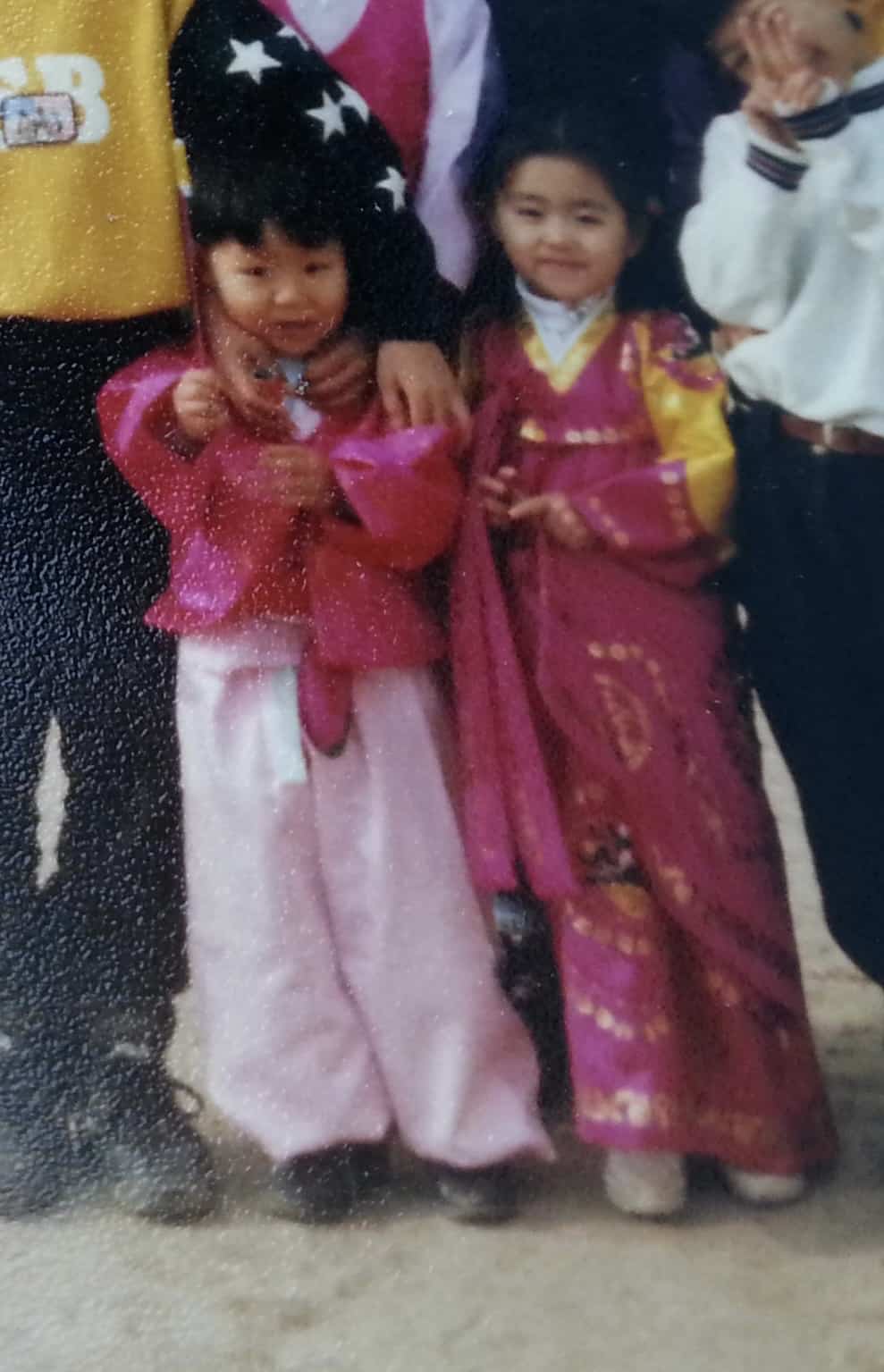
Bonnie Lim, Product Manager
To me, 설날 (Seollal) or Korean New Year usually means big family reunions and an abundance of food that’s been prepped lovingly over hours. Some families (usually the kids) will even dress up in the traditional Korean garment called 한복 (hanbok) to celebrate! 세배 (saebae) or paying respect to our elders is also an important part of our celebrations. Younger ones would bow to our elders and receive 세뱃돈 (sebaetdon) — an envelope of money — from them. We also call relatives whom we can’t visit in person, and visit our ancestors’ graves to pray and make offerings of food. Since I live far away from my family, celebrations are a smaller affair, but this day reminds me of those bustling, family-packed celebrations that I now dearly miss!
Jennifer Qian, IT Data Analyst
Growing up in a small town in Ontario, our Lunar New Year celebrations were a family affair. My mom would decorate the house with red paper signs of phrases to welcome prosperity and good health in the new year and most notably, the Chinese character for good fortune was hung upside-down on the door as this meant the “arrival” of good fortune.
On New Year’s Eve, my dad would cook up a feast of fish (symbolizing prosperity), noodles (symbolizing longevity), meatballs (symbolizing unity) and more, and on New Year’s Day, my mom would make dumplings (symbolizing wealth) from scratch.
My favourite part (as a kid) was getting my red pocket money and eating all the snacks and candy we would buy around this time. Now that I’m older, I appreciate it as a time to spend and have a meal together with my immediate family. I also look forward to connecting with my extended family (including my grandparents) that are back in China, thanks to modern technology and WeChat.
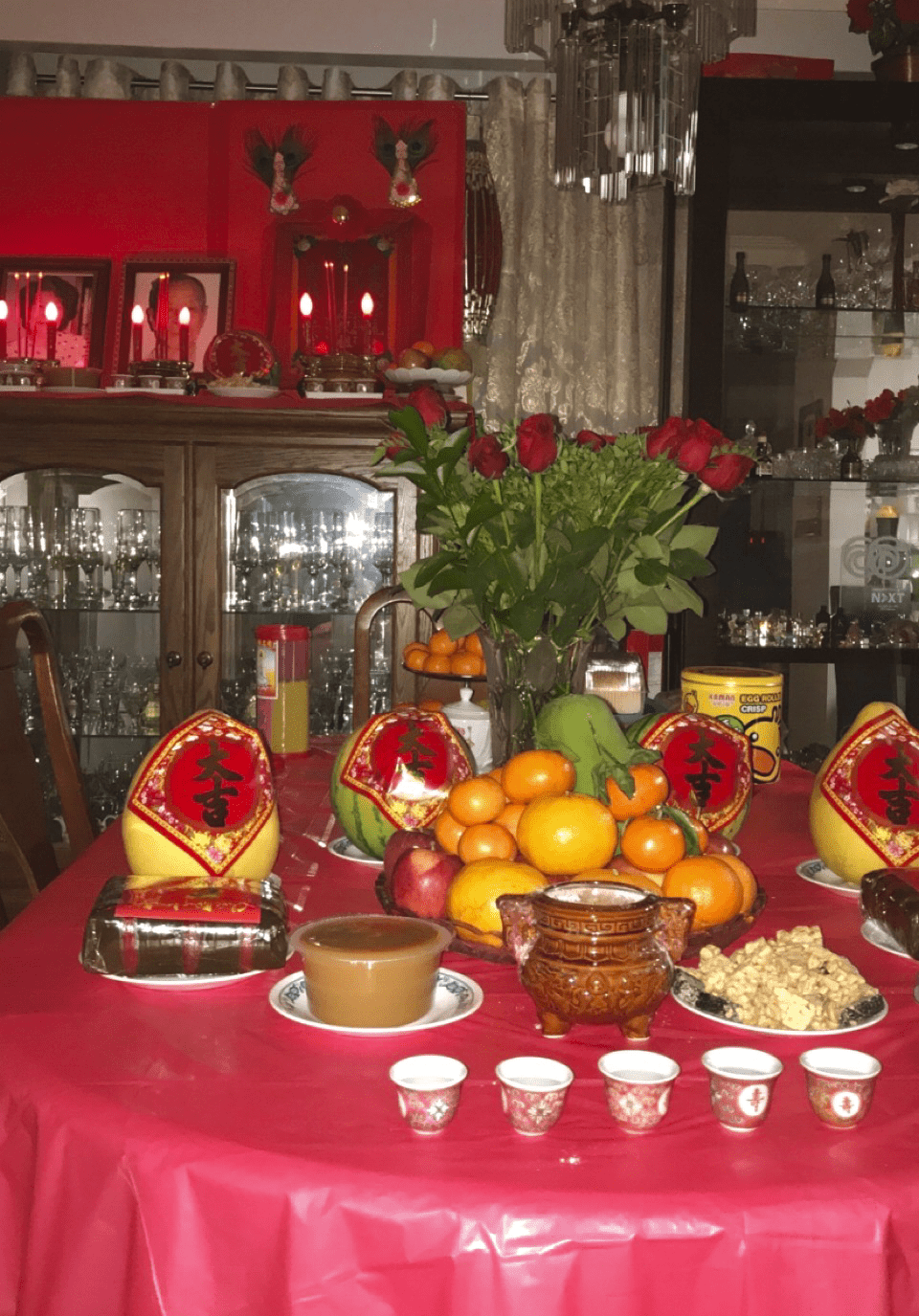
Lunar new year gives me very fond memories. Growing up it was filled with large family gatherings and lots of food. It is my parents’ favorite holiday and seeing them so excited about it brings me warm feelings.
My family celebrates Tết (Vietnamese New Year) and aside from the family gatherings to see each other and exchange red envelopes (lì xì in Vietnamese) there are days of preparation leading up to it. This prep includes praying to Ông Táo (The Kitchen God), cleaning the house to “sweep out” the old year, buying new clothes, and paying respects to our ancestors by offering various fruits and sweets and burning paper money.
Lena Yen, Talent Acquisition Coordinator
Lunar New Year has always been a special time of the year. It has always been a time for family to get together to celebrate the upcoming year.
Before the day, our family prepares for the new year by cleaning the house and creating an offering to the gods and family members who are no longer with us. The cleaning of our house is meant to symbolize clearing out all the bad luck from the previous year and starting fresh.
On New Year’s Day, my family starts the day by presenting offerings (food and gifts) to our loved ones and praying to them to bring us food fortune and success for the new year. We typically go to a temple to join in on their New Year’s celebration and enjoy the performances, which always has a lion dance or two. One of my favourite parts of the day is all the amazing food that we get to eat. There are always multiple dishes that have been prepared for dinner at my aunt’s place, where all my extended family gather. I look forward to hanging out with all my family to eat some amazing food each year!
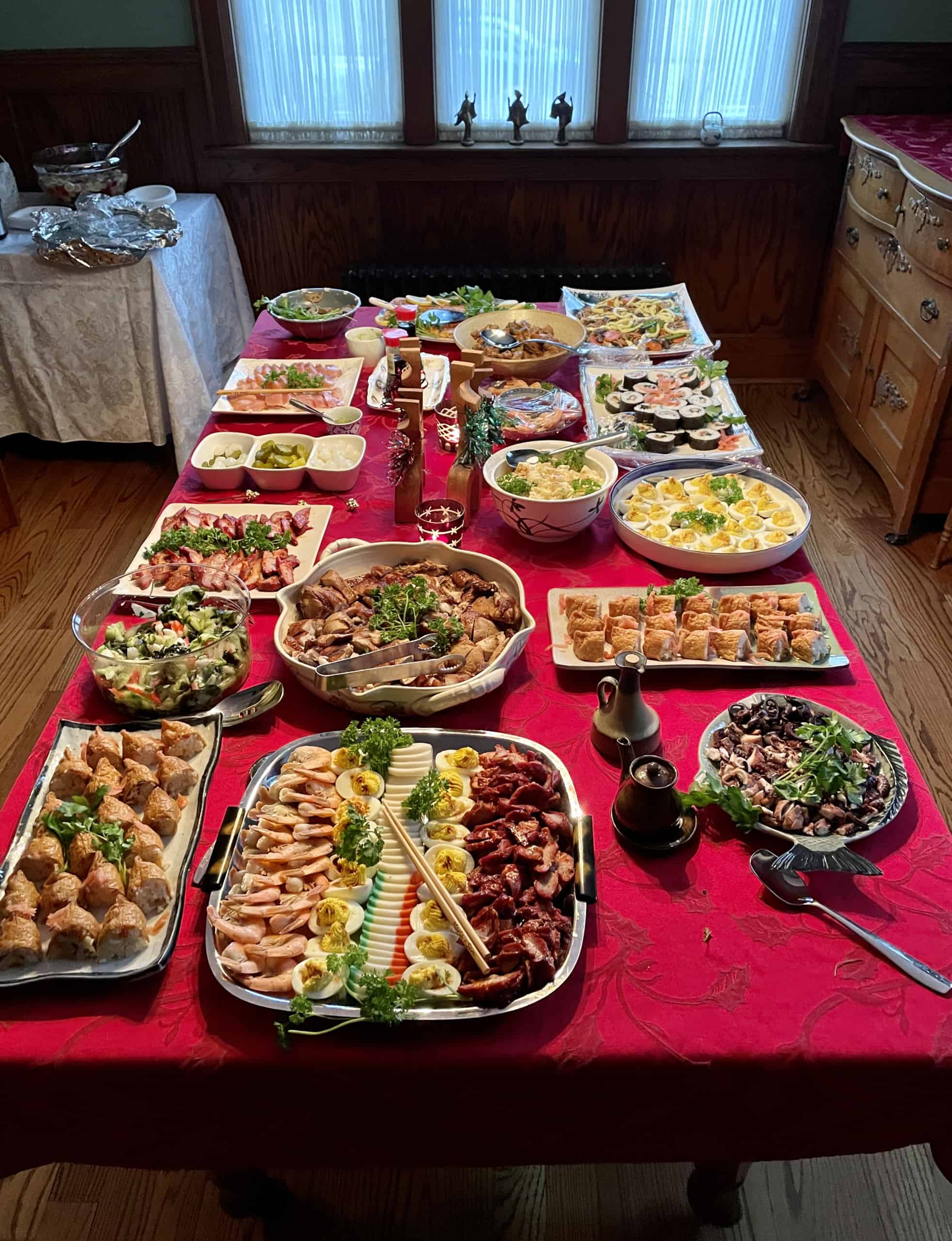
Marla Kishimoto, Voice Designer
Lunar new year used to be celebrated in Japan, but at the beginning of the Meiji era in 1873, Japan adopted a lot of Western things including the Gregorian calendar, and thus Shōgatsu (Japanese New Year) is celebrated on January 1st. But many of the traditions have remained the same, such as enjoying traditional foods (collectively called osechi ryōri), sending cards to loved ones, the first temple visit of the year, and so on.
My family celebrates Shōgatsu, but having been in Canada for several generations, our traditions have become a mishmash of Japanese and Western. We typically put out a big spread of (mostly) Japanese food for the entire extended family and spend the entire day eating and drinking and being together (even though we just did the same thing a week earlier for Christmas, minus the Japanese food!) For me, it’s a great opportunity to just enjoy spending time with my family after the pressures of the Christmas season have eased somewhat.
Our osechi ryōri includes mochi (rice cakes), kamaboko (fish cakes), teriyaki chicken, sunamono (cucumber vinegar salad), maguro (tuna sashimi), and much more! We also have a few Western favourites in the mix. Not all of these are the exact foods that might be included in osechi ryōri in Japan – but we’ve created our own unique Japanese-Canadian traditions!
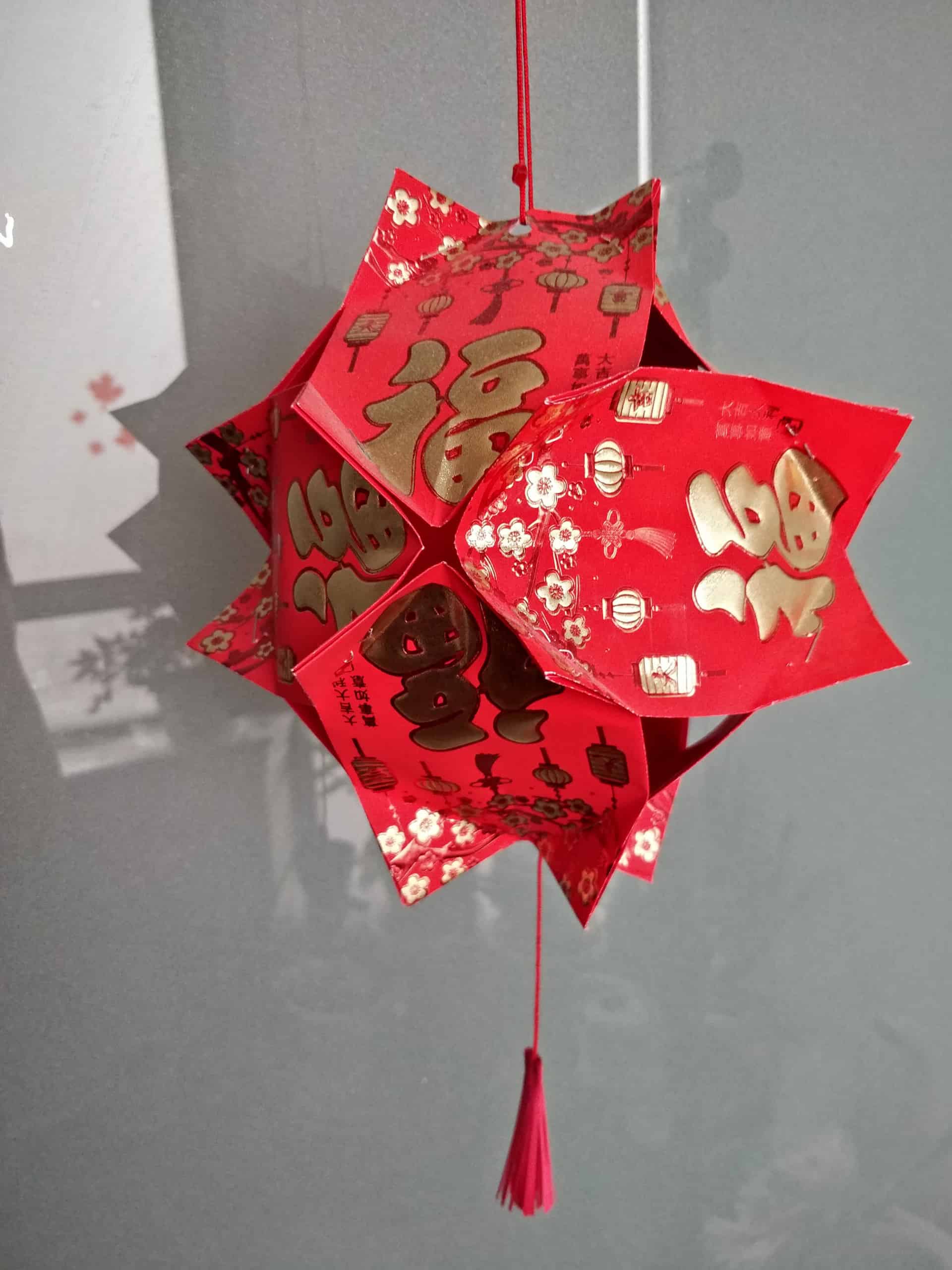
🤗 #LunarNewYear is about community and coming together
— Ubisoft Toronto (@UbisoftToronto) January 27, 2023
🏮 That’s exactly how we celebrated…with the addition of some gorgeous decorations, fun activities and mouth-watering food!
🐇 Want in on the fun? Join the team ➡️ https://t.co/Tmgy3zh3gQ#ubisofttoronto #lifeatubi pic.twitter.com/qSrDAWknZR
